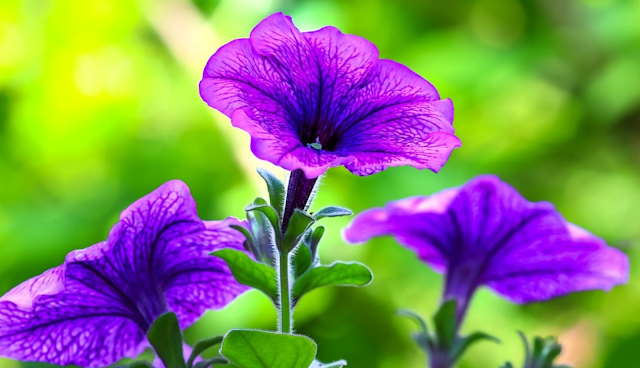Tuesday 21 November 2023
Matucana
Saturday 28 October 2023
Buiningia brevicylindrica Buin
Buiningia brevicylindrica Buin. is about 30 cm in height and 15 cm wide; it may grow off-sets at the base and form clumps. It is one of the cerei and is related to the genus Coleocephalocereus, forming a lateral cephalium with hairy. and woolly areoles producing flowers. The spination is yellow, up to 6 cm long, and outstandingly attractive, especially on cultivated seedlings. There are three species in the Brazilian state of Minas Gerais; they live in the acid humus accumulated on terraces and pockets of granite rocks. They grow together with bromeliads, mosses, and lichens, which indicates heavy rainfall. Cultivation requires temperatures permanently above 15° C, and even in winter the plants should be kept growing slowly by occasional moistening and by keeping them in the light. Cultivated seedlings can be grafted on Hylocereus spp. and Sele-nicereus spp.


